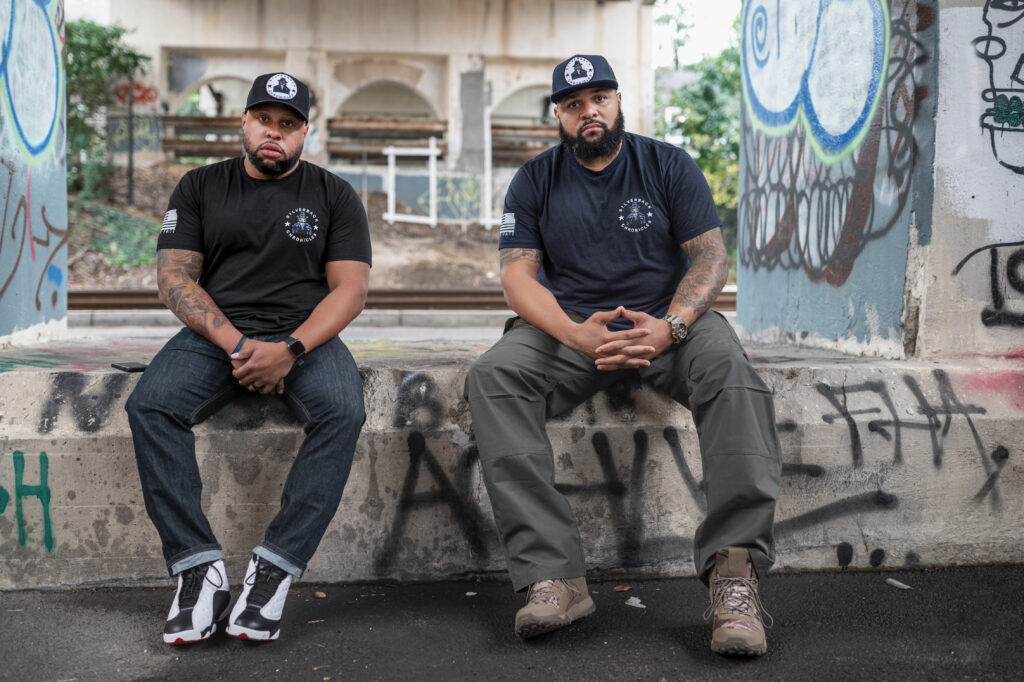Black Friday, the day after Thanksgiving, has become synonymous with deep discounts, long lines, and a frenzy of shopping that kicks off the holiday season. But for communities of color, understanding the origins and implications of Black Friday can provide valuable insight into its evolution, impact, and opportunities.

Origins of Black Friday
The term “Black Friday” originated in Philadelphia in the 1950s, where it described the chaotic day after Thanksgiving when suburban shoppers flooded the city to prepare for the Army-Navy football game. Police officers, burdened with managing the traffic and crowds, coined the term to reflect the day’s mayhem.
Over time, the phrase took on a new meaning in the retail world. By the 1980s, retailers began using “Black Friday” to signify the point in the year when stores moved from being “in the red” (losing money) to “in the black” (profitable). This shift marked the start of the most lucrative season for businesses and was embraced by retailers eager to drive sales.
Consumer Culture and Communities of Color
Black Friday has become a significant cultural event in the U.S., but it holds particular relevance for communities of color. For many Black and Brown families, this shopping day is an opportunity to purchase items at prices that fit within tight budgets, especially during the holiday season. However, the focus on consumerism has also sparked conversations about systemic inequalities, wage disparities, and the economic challenges that disproportionately affect people of color.

Retailers often target communities of color with advertisements and deals, knowing their purchasing power is immense. According to a 2022 Nielsen report, Black consumers wield $1.6 trillion in spending power, making them a key demographic for retailers. But this spending power has historically not translated into equitable economic opportunities or representation in the retail and business world.
The Darker Side of Black Friday
The history of Black Friday is not without its controversies. One common misconception links the term “Black Friday” to slavery, falsely claiming that the day was used to sell enslaved people at a discount. While this myth has been debunked, it’s a reminder of how history often intersects with commerce and race in ways that merit deeper examination.
Moreover, the exploitation of low-wage workers, many of whom are people of color, during the holiday shopping season highlights ongoing issues of economic justice. Workers in retail, warehouses, and delivery services face extended hours, limited pay, and sometimes unsafe working conditions—all to fuel the demands of Black Friday.
Empowering Communities Through Conscious Spending
For people of color, Black Friday can be reframed as an opportunity to support businesses that reflect their values and invest in their communities. The rise of Buy Black movements and platforms that highlight Black-owned businesses has shifted the narrative, encouraging shoppers to use their dollars to support entrepreneurs of color.
For instance, instead of heading to big-box stores, many consumers now turn to Black-owned brands offering unique, high-quality products during Black Friday sales. This approach not only redirects wealth into Black and Brown communities but also helps close the racial wealth gap and build generational wealth.
Reclaiming Black Friday
As we move forward, Black Friday can become more than just a day of consumption. For communities of color, it’s an opportunity to reflect on economic equity, uplift marginalized voices, and support businesses that prioritize sustainability and community impact.
By choosing to shop consciously—whether through supporting local entrepreneurs, investing in sustainable products, or advocating for fair labor practices—communities of color can reclaim Black Friday as a tool for empowerment and progress.

This year, let’s transform Black Friday from a day of unchecked consumerism into a celebration of community resilience and economic justice. Whether you’re buying gifts, planning holiday meals, or simply enjoying the season, remember that every dollar you spend has the power to shape a brighter future for all.
Follow Us On Social Media!




